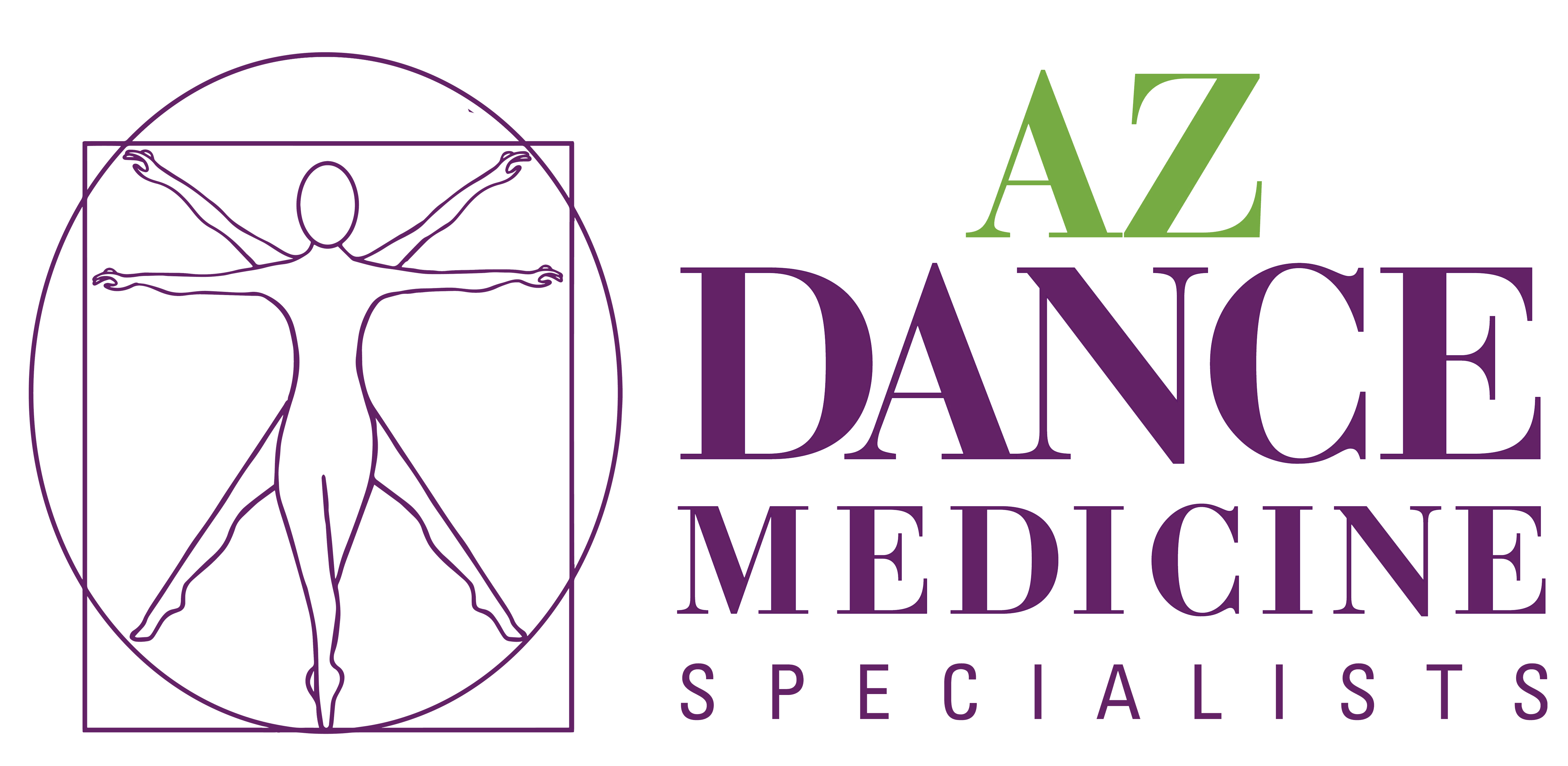Dance Well, Live Well
Wellness blog for dance medicine, holistic health, and more
Feb 15, 2022
AZ Dance Med's Basics About Bunions

Bunions tend to be a hot topic in dance, especially in the ballet community.
Here’s our top 5 takeaways about bunions
that we think every dancer should know.
1. Dance bunions are often the result of a breakdown in core stability and not much more.
In the case of bunions, core weakness causes the glutes to tighten for stability as a compensation. The compensation of the glutes causes a chain reaction and the big toe compensates to provide the pushing force required to rise onto the toes (like in releve or en pointe) or into the air for jumping. That’s what the glutes are supposed to do. This excessive push off force going through the big toe in mild and moderate turned out positions creates an angled position of the big toe overtime...which creates the bunion. At AZ Dance Med, we call this the “BootyToe” phenomenon.
2. Bunions aren’t as genetic as you think.
While bunions seem to be passed down through generations, it’s probably more appropriate to say that the habits creating bunions is what’s passed down, resulting in bunion formation through the generations. Decreased core strength due to things like decreased activity, common footwear choices, and even diet allows the domino effect of compensations from the glutes to the big toe that creates bunions. (PS - the same goes for things like back pain, flat feet, Sever’s disease and scoliosis.)
3. You can stop the bunion pain and prevent it from getting worse, but you can’t get rid of the bunion (naturally).
You can work to address muscular and other system imbalances to break up the muscle compensation and prevent your bunion from getting worse, improve your toe/foot function, and decrease your pain and other symptoms. But the truth is, once the bunion appears, it’s likely going to stick around.
4. Getting surgery without addressing the underlying cause may not “fix” your foot issue.
Surgery might get rid of the physical bunion, but it doesn’t address the reason the bunion happened in the first place. You may still experience pain or other symptoms far after you’ve recovered from the surgery, because there will still be underlying system imbalances that initially caused the bunion that have not yet been addressed.
5. Your bunion might not be just a musculoskeletal issue.
Core muscular stability can result in bunions, however, sometimes just focusing on muscular imbalances won’t improve your pain and other symptoms associated with your bunion. When this happens, we advise looking at other body systems and assessing if something outside of the musculoskeletal system is impacting how the body is moving and functioning. A number of factors - such as poor digestive function or an underlying infection - can cause your core muscles to shut down, resulting in BootyToe compensation. So, even though you’re experiencing the issue in your musculoskeletal system, it doesn’t always mean that the actual issue is happening in your musculoskeletal system.
So, what's a good starting point to reduce bunion pain?
Here's a few factors to consider to reduce the pain and progression of bunions:
Improve core performance (mobility and stability)
Improve glute performance
Reduce big toe tension
Click HERE to get our Level 1 Bunion Prevention Program and get started with reducing your bunion pain.
Our DancemedPRO® expert eye sees:

These are the feet of a dancer who came to our clinic for a pointe readiness evaluation, so she hadn't started pointework yet, but can you already see the bunions forming? The more pronounced bunion and second toe twisting on the right foot are a clue that the right glute and likely the right side of the core are more unstable. This is why we recommended additional stabilization training and reassessment before beginning pointe training. Without it, it's likely the bunions will worsen and toe pain will develop due to the building compensation to accommodate the increased stability requirements of pointework compared to non-pointe ballet technique.
Got bunion pain and want help from the EXPERTS? Message us at info@azdancemed.com and tell us how long you've been dealing with your pain so we can know how to best help you.
Interested in an assessment? Get the details on our new client Platinum Performance Assessment and schedule one at our Phoenix clinic or online.
As always, know that we can help and we are here for you.
Our mission is to help everyone who reaches out to us live their most amazing life.
But we can't help, if you don't let us know you need us. We look forward to hearing from you soon.
Not a dancer? No problem. We can help you too. Click HERE.
AZ Dance Medicine Specialists
info@azdancemed.com | 602.730.4159
